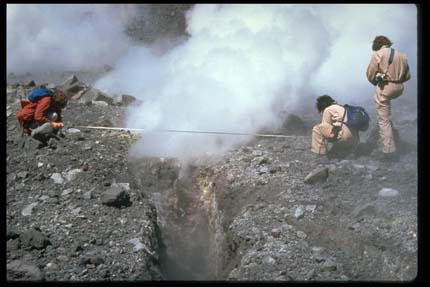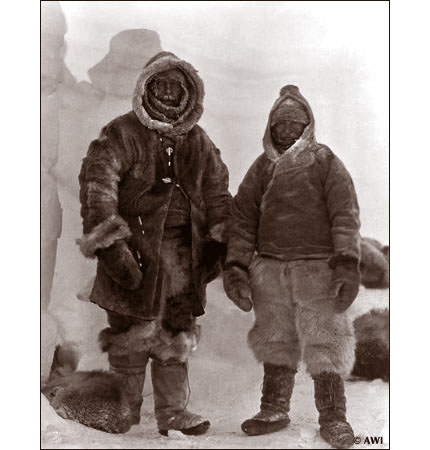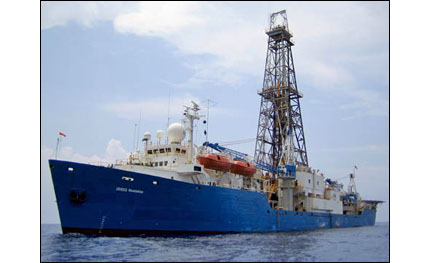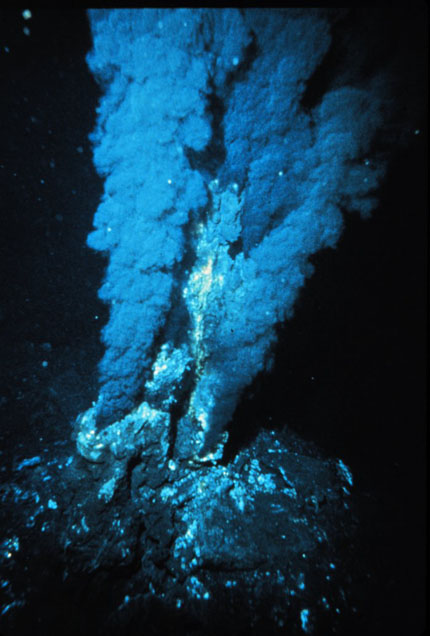History of Plate Tectonic Theory
Man has always known that the Earth is restless, but did not know why. Scientists knew that earthquakes and volcanoes happened and recognized that certain areas of the Earth were more prone to these events. But they did not know why.

Geology as a science is relatively young. Vulcanologists studied volcanoes, seismologists studied earthquakes, and oceanographers studied the oceans. There was no integration in the Earth sciences.
The Wegener Era
In 1906, as a young meteorology student in Germany, Alfred Wegener became intrigued by how the shape of the continents seem like they could fit together. In 1910, he began a lifelong pursuit of supporting evidence for what eventually became known as his Theory of Continental Drift.

Through his research efforts, Wegener became convinced that the landmasses had at one point in history been connected, forming a giant supercontinent that he later dubbed Pangea.
Citing paleoclimatology, the fit of the shape of the continents and fossil and rock evidence, Wegener further subdivided Pangea into two giant areas he called Laurasia and Gondwanaland. Within these areas he placed the continents of North America and Eurasia, (Laurasia), and South America, India, Africa, Australia, and Antarctica (Gondwanaland).
Not surprisingly, his controversial theory of moveable continents was not readily accepted. Although Wegener believed the continents had moved, he initially concentrated his efforts on supporting the possibility of movement and made no attempt to explain how that movement may have occurred. Wegener's inability to explain "how" became the all consuming barrier to acceptance.
How Old is Earth?
The year 1958 was designated the International Geophysical Year. Sixty-seven nations concentrated scientific study on the oceans and the Earth. One of the questions scientists hoped to answer was "how old is the Earth."

Before this time, scientists assumed that the ocean floor was flat and the oldest rock could be found on the ocean floor, so the search for the oldest rocks centered on the ocean basins. When drilling commenced on the ocean floors, scientists received two surprises:
- The ocean floors were dynamic.
- The ocean floors contained the youngest rocks on Earth!

A Model of Earth
Further study redefined the model of the Earth. It no longer consisted of the crust, mantle and core, but rather the rigid lithosphere and plastic Asthenosphere. The theory of isostacy described how the Lithospheric crust "floats" on the Asthenospere and mountains have "roots."
Once the mechanism or the "how" of plate tectonics was discovered, the proof for the theory became overwhelming. And once the theory was widely accepted, an over-arching model for geologic features and events could be developed.
Now, scientists not only knew why volcanoes and earthquakes happened, but they could start to see patterns that would lead to probability studies and possible prediction.
Continue to "Plate Tectonic Theory"